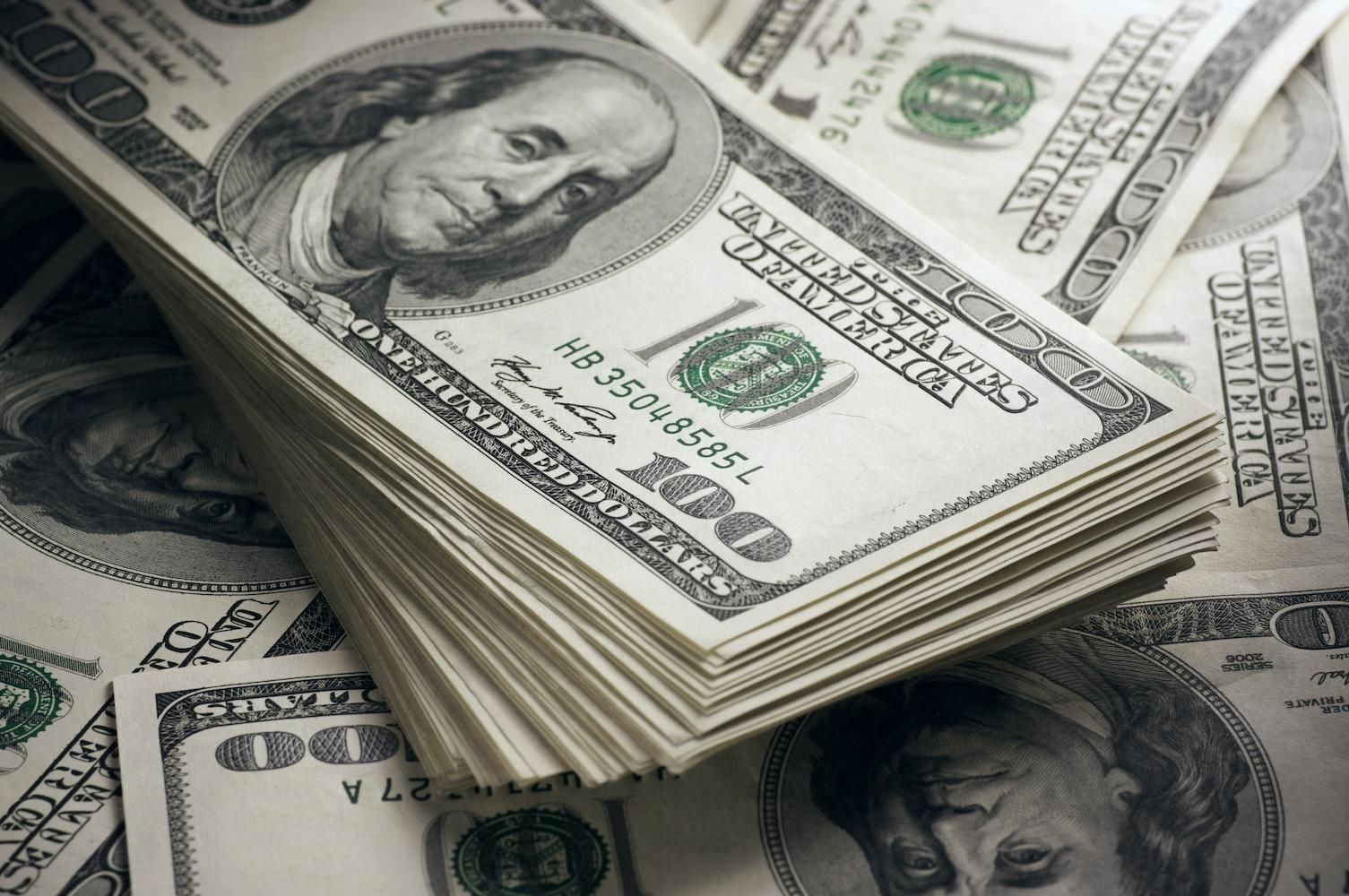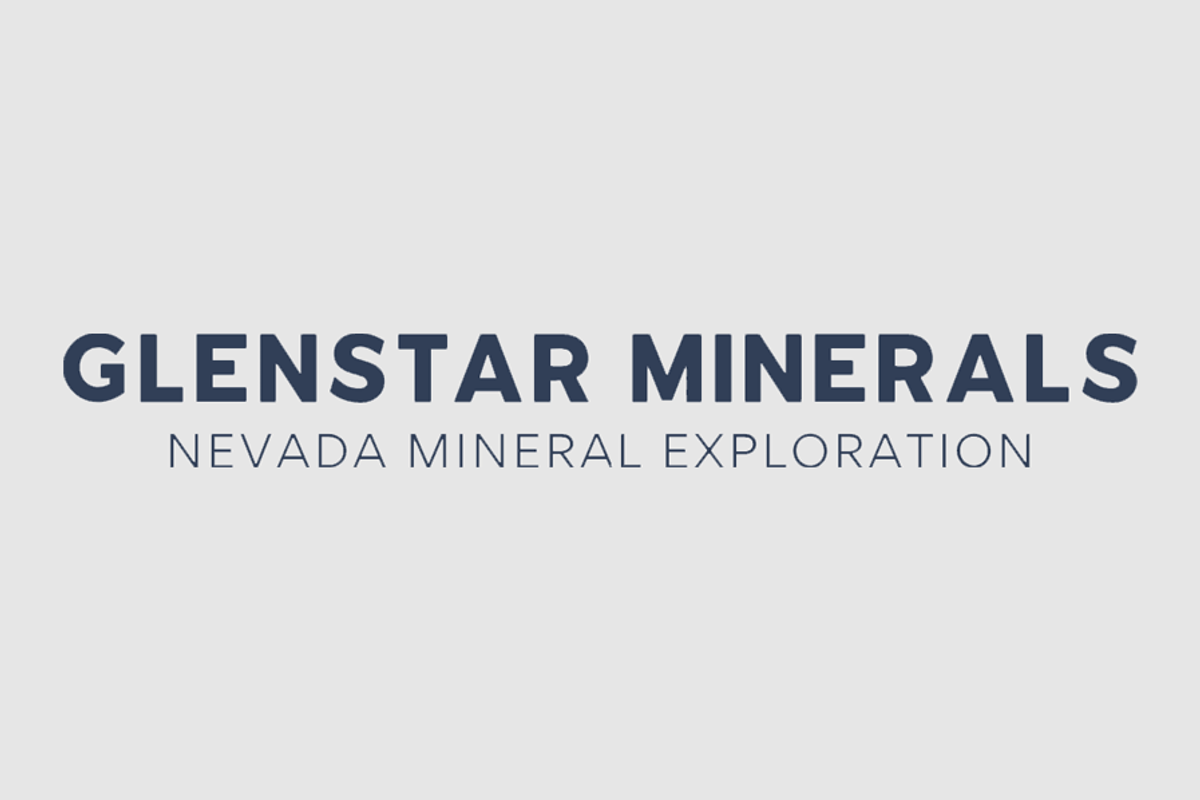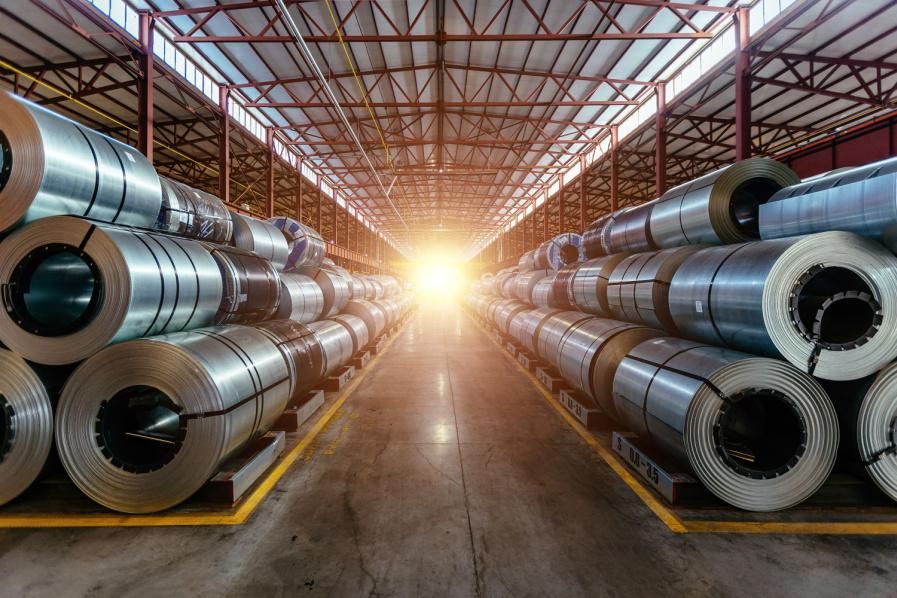
December 20, 2021
Rumble Resources Limited (ASX: RTR) (“Rumble” or “the Company”) is pleased to announce that the ongoing scoping drilling at the Earaheedy Project has discovered a major feeder fault zone with very significant zinc-lead-silver mineralisation along with strong copper mineralisation at the Chinook Prospect. Additionally, the first round of drilling at the Navajoh Prospect has delineated significant flat lying unconformity style zinc-lead-silver mineralisation similar to the Chinook and Tonka discoveries.
Chinook Zn-Pb-Ag-Mn-Cu Prospect
- The top of a large-scale sub-vertical feeder fault zone intersected in drill-hole EHRC136 has returned a broad zone of mineralisation (84m @ 1.84% Zn + Pb from 151m – mineralised section) with multiple intersections. Results are:
- 37m @ 3.25% Zn + Pb, 7.18 g/t Ag from 196m including
- 10m @ 6.57% Zn + Pb, 16.24 g/t Ag from 200m
- Includes 1m @ 17.1% Zn + Pb, 20.9 g/t Ag from 202m
- 16m @ 2.54% Zn + Pb, 4.80 g/t Ag from 214m
- and 1m @ 5.08% Zn + Pb, 10.4 g/t Ag at end of hole (234-235m)
- 10m @ 6.57% Zn + Pb, 16.24 g/t Ag from 200m
- 37m @ 3.25% Zn + Pb, 7.18 g/t Ag from 196m including
- Within this broad zone of Zn-Pb mineralisation, significant copper and silver returned:
- 4m @ 1.54% Cu with 6.10% Zn + Pb and 23.60 g/t Ag from 204m
- The discovery of significant copper and silver in a northwest trending 1.7km long feeder fault zone at Chinook supports the interpretation of metal zonation within the Earaheedy Project area, with copper reflecting the “hotter” portion of the system
- The potential for deeper large-scale Cu-Zn-Pb-Ag deposits below the extensive unconformity style mineralisation is high, underlining the Earaheedy Project’s world class base metal credentials
- Ongoing RC scoping drilling results at Chinook include:
- 8m @ 3.67% Zn + Pb, 4.10 g/t Ag from 74m (EHRC297)
- 8m @ 3.65% Zn + Pb, 8.03 g/t Ag from 128m (EHRC197)
- 17m @ 2.91% Zn + Pb, 2.29 g/t Ag from 110m (EHRC206)
- 5m @ 4.54% Zn + Pb, 4.24 g/t Ag from 110m (EHRC113)
- 6m @ 3.48% Zn + Pb, 37.00 g/t Ag from 59m (EHRC159)
- 5m @ 5.53% Zn + Pb, 3.56 g/t Ag from 79m (EHRC159)
- Chinook’s mineralised footprint is 4.1km along strike and 1.9km down dip and remains open in all directions
Navajoh Zn-Pb-Ag Prospect
- Located 4km southeast of the recent Tonka Discovery, first pass drill scoping on a single traverse intersected significant flat lying, northeast dipping unconformity related Zn-Pb-Ag sulphide mineralisation similar to the Chinook and Tonka Prospects. The first round of RC drilling results include:
- 5m @ 6.38% Zn + Pb, 6.3 g/t Ag from 123m (EHRC280)
- 3m @ 6.15% Zn + Pb, 10.63 g/t Ag from 132m (EHRC281A)
- 4m @ 4.18% Zn + Pb, 3.57 g/t Ag from 106m (EHRC291)
- 9m @ 2.75% Zn + Pb, 2.71 g/t Ag from 157m (EHRC285)
Earaheedy Project - Potential World Class Base Metal System
- Since the Chinook discovery in April 2021, scoping drilling has significantly increased the overall metal budget and delineated multiple styles of mineralisation within the small portion of the Earaheedy Project that has been tested. The recent discoveries of Tonka and the Major Feeder Fault Zone at Chinook, encouraging first pass results at the Navajoh Prospect, have once again highlighted the world class potential of this Zn-Pb-Ag-Mn-Cu epigenetic base metal system
Rumble Resources’ Technical Director Mr Brett Keillor said:
“The discovery of significant copper (>1%) with silver mineralisation at the top of a major feeder fault system along with high grade zinc and lead (up to 17.1% Zn + Pb (EHRC136)) at Chinook highlights the potential for a very large- scale zoned base metal system. The copper mineralisation supports the evolving geology and ore deposition model (see image 8) with respect to feeder fault zones reflecting higher depositional temperatures.
“Ultimately, the flat lying regionally extensive unconformity related zinc-lead-silver (manganese) mineralisation that Rumble has delineated at the Chinook, Tonka and now Navajoh Prospects potentially represents the large outer metal halo zone(s) of a world class base metal system that lies within the Earaheedy Project and underlying geological formations.”
Click here for the full ASX Release
This article includes content from Rumble Resources, licensed for the purpose of publishing on Investing News Australia. This article does not constitute financial product advice. It is your responsibility to perform proper due diligence before acting upon any information provided here. Please refer to our full disclaimer here.
RTR:AU
The Conversation (0)
16 December
Korea Zinc Unveils US$7.4 Billion Plan for First US Zinc Smelter in Decades
Korea Zinc (KRX:010130) plans to invest US$7.4 billion to build a zinc smelter and critical minerals processing facility in the US, marking the first new US-based zinc smelter since the 1970s.The world’s largest zinc smelter said the facility will be built in Tennessee and will produce... Keep Reading...
08 December
Electric Royalties Provides Update on Critical Metals Royalty Portfolio
VANCOUVER, BC / ACCESS Newswire / December 8, 2025 / Electric Royalties Ltd. (TSXV:ELEC,OTC:ELECF)(OTCQB:ELECF) ("Electric Royalties" or the "Company") is pleased to provide an update on key royalties in its portfolio, adding to the December 2, 2025 announcement of royalty revenues and other... Keep Reading...
02 December
Electric Royalties: Several Copper Royalties Make Strides and Copper Royalty Revenues Rise
VANCOUVER, BC / ACCESS Newswire / December 2, 2025 / Electric Royalties Ltd. (TSXV:ELEC,OTC:ELECF)(OTCQB:ELECF) ("Electric Royalties" or the "Company") is pleased to provide an update on growing revenues and progress within its copper royalty portfolio.Electric Royalties CEO Brendan Yurik... Keep Reading...
24 November
Glenstar Receives Drill Permit for Phase 2 Program at Green Monster Project
Glenstar Minerals Inc. (CSE: GSTR) (OTCQB: GSTRF) (FSE: VO20) ("Glenstar" or the "Company") announces that it has granted a permit by the Bureau of Land Management (the "BLM") to conduct the Phase 2 drill program at its Green Monster Project in southwestern Nevada.The permit allows the Company... Keep Reading...
06 November
Electric Royalties Ltd. Announces Closing of $1,000,000 Private Placement
VANCOUVER, BC / ACCESS Newswire / November 6, 2025 / Electric Royalties Ltd. (TSXV:ELEC,OTC:ELECF)(OTCQB:ELECF) ("Electric Royalties" or the "Company") is pleased to announce that it has closed a non-brokered private placement financing (the "Private Placement") of common shares of the Company... Keep Reading...
13 August
Zinc Stocks: 4 Biggest Canadian Companies in 2025
The price of zinc was on the rise in 2024, but this year has been a different story. The metal's value has trended down for most of 2025 on the back of increased supply and weakening demand. Many base metals have taken hit from lagging demand in recent years due to sticky inflation and higher... Keep Reading...
Latest News
Interactive Chart
Latest Press Releases
Related News
TOP STOCKS
American Battery4.030.24
Aion Therapeutic0.10-0.01
Cybin Corp2.140.00



